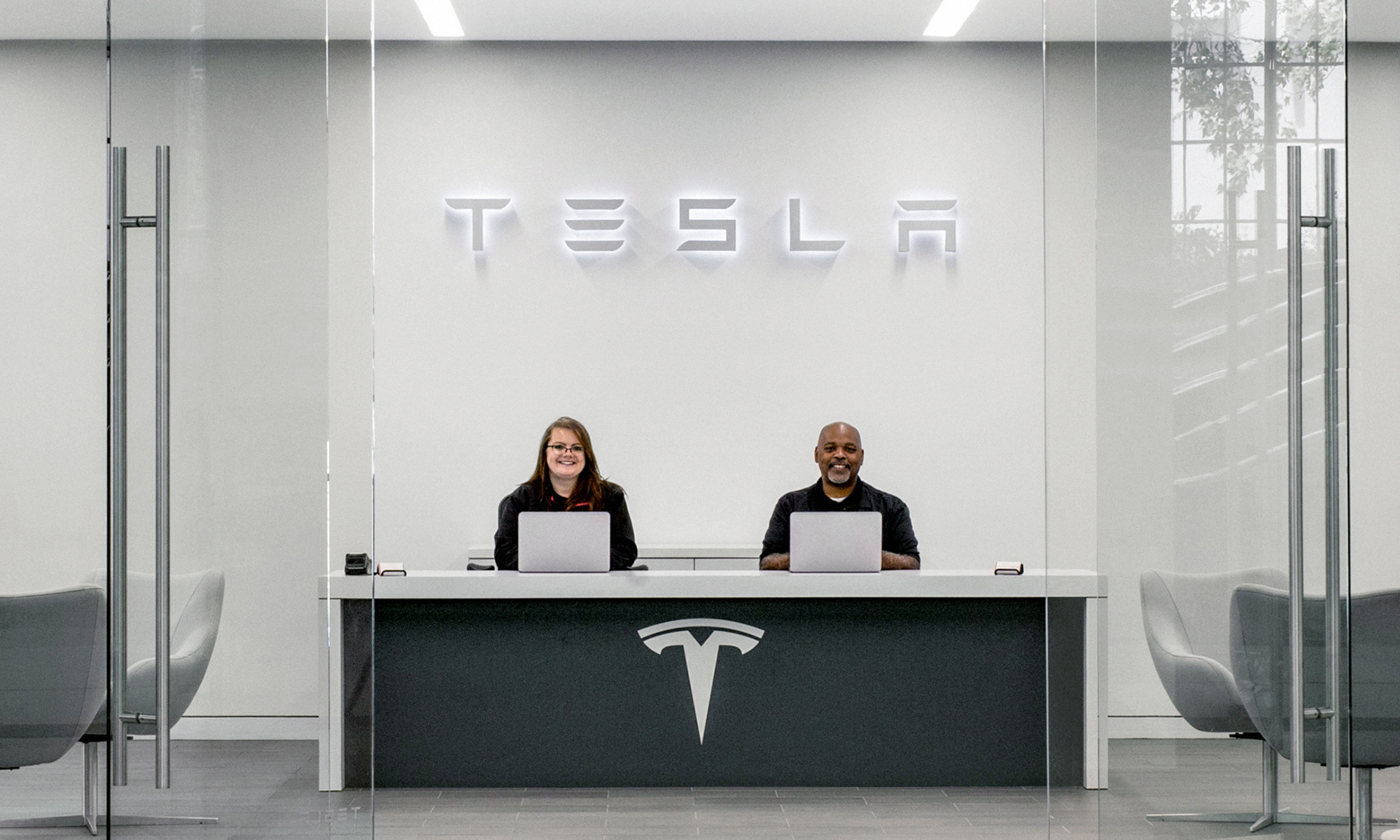
Model S. Source: Tesla's official Twitter feed.
Tesla's (TSLA 4.14%) Model S is well known for its long list of accolades, which include Motor Trend "Car of the Year" and the safest car ever tested. Consumer Reports even gave the Model S 99 out of 100 possible points -- the highest score it has given any car in five years. And Tesla owners echoed the agency's positive sentiment for the vehicle in a Consumer Reports survey, where the car again scored 99 out of 100. But a year after the driving the car, Consumer Reports can now weigh in with a few drawbacks, too.
Even the best cars have flaws
Importantly, Consumer Reports was still impressed with the car after driving 11,380 miles through all four seasons: "After a year with the Model S, everyone at CR who drives this car is still impressed by the quiet glide, instant and irresistible power, serene ride, agile handling, and well-done, ultramodern interior. The short list of shortcomings hasn't dampened our spirits yet."
But 11,380 miles was also enough driving time to pinpoint a few "notable quirks."
Range
Though Tesla's 85 kWh Model S boasts 265 miles of EPA-rated range, Consumer Reports says that you shouldn't expect to always drive away with a max EPA-rated range after a charge. For instance, Tesla actually advises against charging the vehicle to its max range very frequently.
Consumer Reports' Gabe Shenhar also says the range suffers in cold weather: "Sometimes when driving along in weather that's 30-something degrees and you've got the cabin heat is on, the remaining-miles calculator tends to drop 3 miles for every mile that you actually travel."
Shenhar also noted that the vehicle used to lose 10-15 miles of range when it was parked outside overnight. Even after an over-the-air update from Tesla that said it would reduce this range loss, Shenhar says they still see drops of "5 to 10 miles when the car is left off the charger for 24 hours." Notably, however, that's actually a significant improvement considering all Tesla did was send an over-the-air update. And keep in mind that the first scenario of 10-15 miles was just overnight. The second scenario of five to 10 miles of range lost was in a period twice as long.
Hot weather
The Model S has a few issues in hot weather. First, says Shenhar, the air conditioning falls short of what Consumer Reports considers to be the comfort zone. Second, the rays beating through the sunroof that lacks a retractable shade "doesn't help."

Inside the Model S. Source: Tesla's official Twitter feed.
But as far as drawbacks go, that's about all Consumer Reports had to say after driving the Model S for a year. Though the range issues seem like the biggest challenge for Tesla, the car still boasts far more electric range than any fully electric car on the market. The other issues of the air conditioner and the lacking retractable shade seem easily addressable.
Ultimately, the shortness of the list of quirks Consumer Reports discovered is good news for investors (though not a surprise). Any major complaints about the vehicle wouldn't be good for its reputation. And as the only vehicle currently in production at Tesla, any damage to the reputation of the Model S probably wouldn't bode well for investors.






